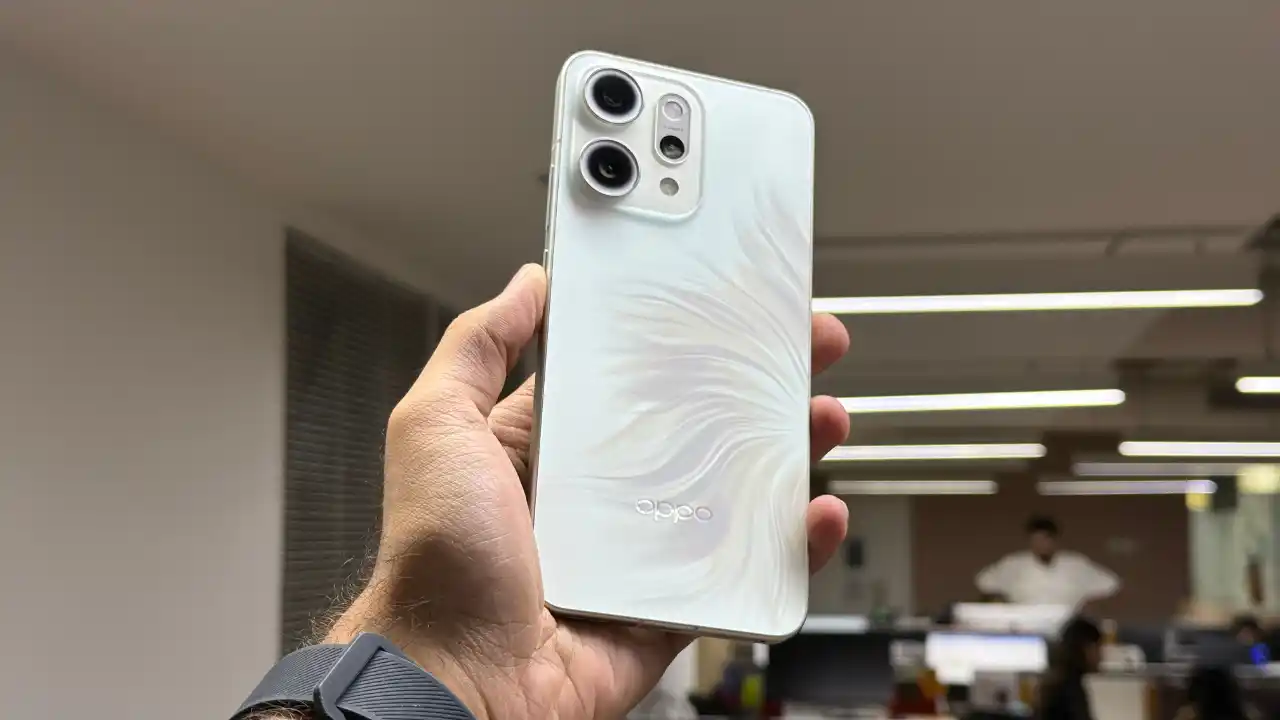In today’s world, your smartphone is more than a device; it’s a vault of personal information, financial data, and sensitive files. Cybercriminals are constantly evolving, targeting mobile devices with sophisticated tactics. Protecting your smartphone is no longer optional—it’s a necessity. In this blog, we’ll discuss the best practices to secure your mobile from cyber attacks, helping you safeguard your data and privacy.
Table of Contents
1. Cyber Attacks Measure: Keep Your Operating System and Apps Updated
One of the simplest yet most effective ways to secure your mobile is by keeping your operating system and apps updated. Software updates often include patches for vulnerabilities that hackers can exploit. Enable automatic updates to ensure you’re always running the latest version.
2. Enable Two-Factor Authentication (2FA)
Two-factor authentication adds an extra layer of security to your accounts. Even if hackers obtain your password, they won’t be able to access your accounts without the second verification step, such as a code sent to your mobile or a biometric scan. Make sure 2FA is enabled for your email, banking, and social media apps.
4. Install a Trusted Mobile Security App
Investing in a reliable mobile security app can significantly enhance your smartphone’s protection. These apps offer features like malware scanning, phishing detection, and anti-theft tools. Popular options like Avast, Norton Mobile Security, and McAfee provide comprehensive protection against cyber threats.
5. Cyber Attacks Measure: Be Cautious with Public Wi-Fi
Public Wi-Fi networks are convenient but risky. Hackers can intercept your data through unsecured networks. If you must use public Wi-Fi, avoid accessing sensitive information like banking apps or email accounts. Consider using a Virtual Private Network (VPN) to encrypt your internet connection and keep your data secure.
6. Review App Permissions
Many apps request unnecessary permissions that can compromise your privacy. Review the permissions for each app and disable those that aren’t essential. For instance, a flashlight app doesn’t need access to your contacts or location. Regularly audit your app permissions to minimize potential risks.
7. Avoid Downloading Apps from Untrusted Sources
Stick to official app stores like Google Play Store or Apple’s App Store when downloading apps. Apps from third-party sources may contain malware or spyware designed to steal your data. Always check reviews, ratings, and developer information before installing any app.
8. Secure Your Lock Screen
Your lock screen is the first barrier between your data and unauthorized access. Use a strong PIN, password, or biometric authentication like fingerprints or facial recognition. Avoid using simple patterns or easily guessable passcodes. Configure your phone to lock automatically after a short period of inactivity.
Also Read : Top 10 AI Tools to Transform Your Daily Life in 2025
9. Enable Remote Wipe and Find My Device Features
In case your smartphone gets lost or stolen, remote wipe and tracking features can save the day. Android’s “Find My Device” and Apple’s “Find My iPhone” allow you to locate your phone and erase its data remotely, preventing sensitive information from falling into the wrong hands.
10. Be Wary of Phishing Attempts
Phishing attacks are one of the most common ways cybercriminals target mobile users. Avoid clicking on suspicious links in emails, texts, or social media messages. Always verify the sender’s identity and double-check URLs before entering your credentials.
11. Turn Off Bluetooth and NFC When Not in Use
Bluetooth and Near Field Communication (NFC) are convenient but can be exploited by hackers if left on unnecessarily. Turn them off when not in use to reduce the risk of unauthorized access to your device.

12. Cyber Attacks Measure : Backup Your Data Regularly
Backing up your data ensures that you don’t lose important information in case of a cyber attack or device failure. Use cloud services like Google Drive, iCloud, or external storage to create regular backups. This way, you can restore your data even if your phone gets compromised.
13. Educate Yourself About Mobile Threats
Knowledge is power. Stay informed about the latest mobile security threats and best practices. Follow cybersecurity blogs, news outlets, and forums to understand the tactics cybercriminals use and how to counter them.
Know More About Cybersecurity : https://www.ibm.com/think/topics/cybersecurity
14. Log Out of Accounts After Use
Staying logged into apps and websites might be convenient, but it also increases the risk of unauthorized access. Log out of sensitive accounts, especially on shared or public devices. This extra step can protect your data from prying eyes.
Conclusion
Cyber attacks on mobile devices are on the rise, but with the right precautions, you can keep your smartphone secure. By following these best practices to secure your mobile from cyber attacks, you’ll protect your data, privacy, and peace of mind. Start implementing these tips today and enjoy a safer mobile experience!









